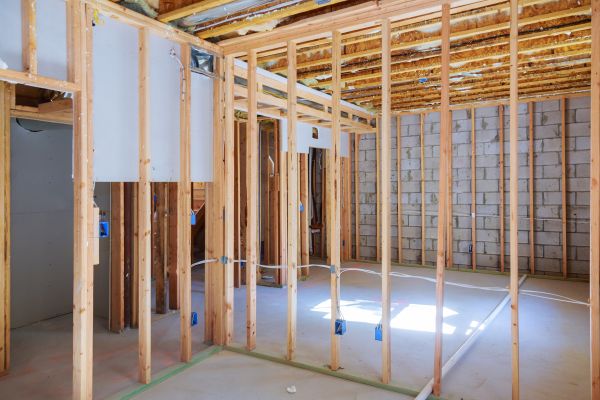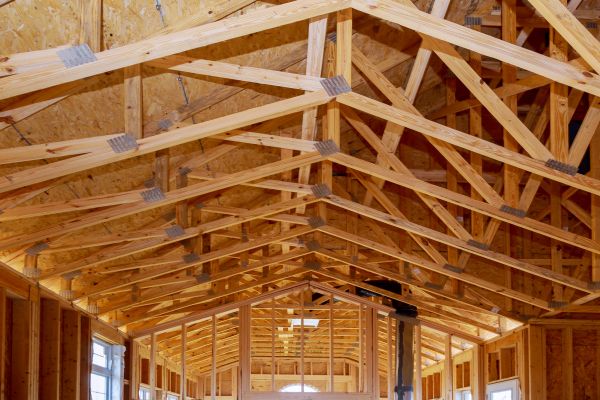Interior Wall Framing Service
Affordable Interior Wall Framing
Interior wall framing is a critical component in the construction and renovation of buildings, serving as the skeletal structure that shapes and supports interior spaces. This framework is composed primarily of wood or metal studs, which are strategically placed to create walls that delineate rooms and provide stability for the overall building. Properly executed interior wall framing is essential for ensuring the structural integrity of a building, as well as facilitating the installation of electrical wiring, plumbing, and insulation. It also plays a significant role in soundproofing and energy efficiency, making it a foundational element in both residential and commercial construction projects.
Benefits of Interior Wall Framing
-
Structural Integrity
Interior wall framing provides the necessary support to maintain the shape and strength of a building. By distributing weight evenly and supporting the roof and upper floors, it prevents structural failures and ensures long-term durability. -
Design Flexibility
With interior wall framing, architects and builders have the flexibility to create diverse layouts and designs. This adaptability allows for customized room configurations and the ability to modify spaces to meet changing needs over time. -
Enhanced Insulation and Soundproofing
Proper framing is key to effective insulation, which helps regulate indoor temperatures and improve energy efficiency. Additionally, it contributes to soundproofing by reducing noise transmission between rooms, enhancing privacy and comfort. -
Ease of Installation for Utilities
The framework provides a convenient and organized space for installing electrical wiring, plumbing, and HVAC systems. This not only simplifies the construction process but also facilitates future maintenance and upgrades.
FAQs About Interior Wall Framing
What materials are commonly used for interior wall framing?
Wood and metal are the most common materials used in interior wall framing. Wood is often preferred for its cost-effectiveness and ease of use, while metal is chosen for its durability and resistance to fire and pests.
How does interior wall framing impact energy efficiency?
Interior wall framing affects energy efficiency by providing a structure for insulation. Proper framing ensures that insulation is effectively installed, reducing heat loss or gain and leading to lower energy consumption.
Can interior wall framing be modified after installation?
Yes, interior wall framing can be modified, but it requires careful planning and execution. Changes should be made by professionals to ensure structural integrity and compliance with building codes.
What is the typical spacing for wall studs in interior framing?
The typical spacing for wall studs in interior framing is 16 or 24 inches on center. This spacing provides a balance between structural strength and material efficiency.
Fill out the contact form today to request professional Interior Wall Framing services. Experience the benefits of enhanced structural integrity, design flexibility, and improved energy efficiency with expert framing solutions.




